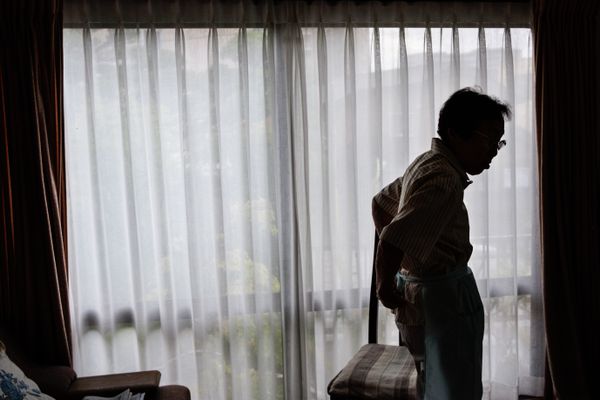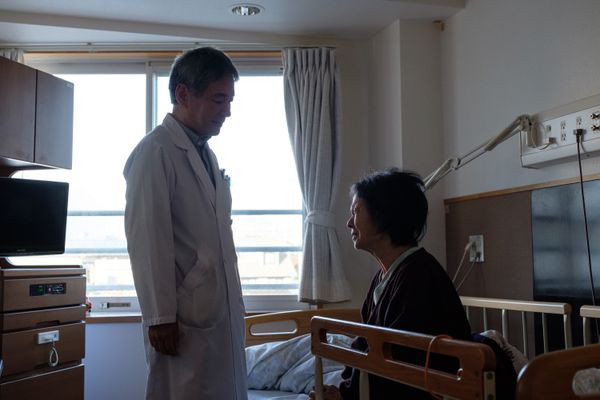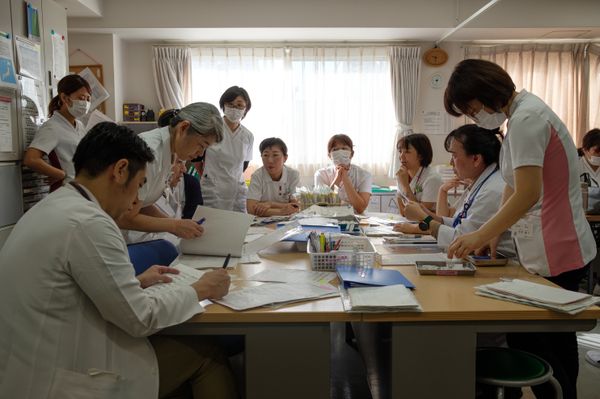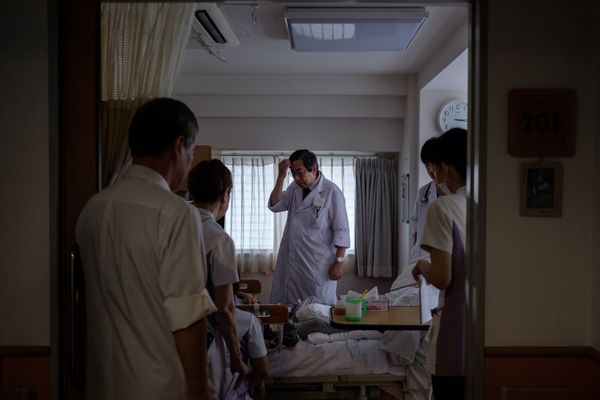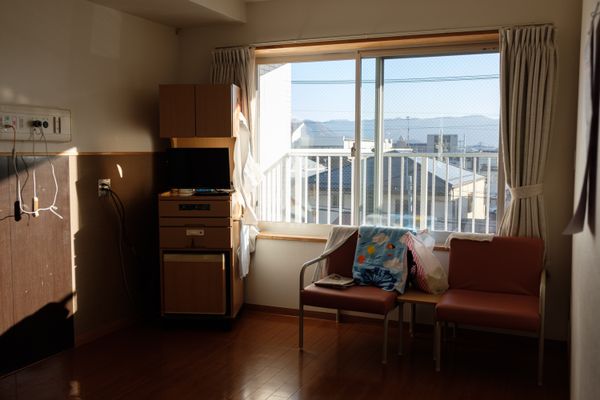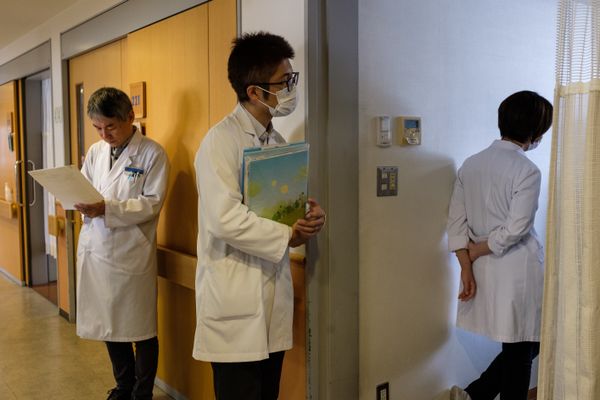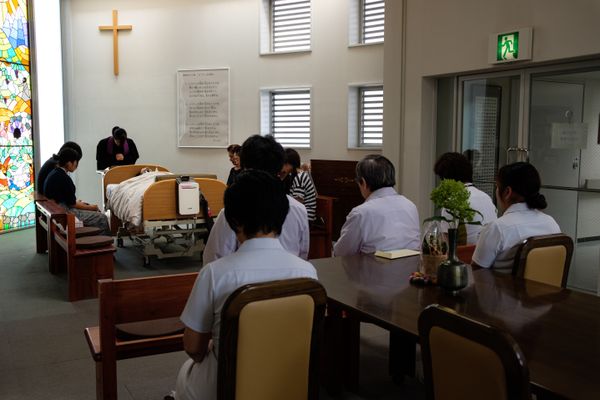Good Death
-
Dates2019 - Ongoing
-
Author
- Location Nagano, Japan
“Good Death” is a photo project about the aging population and palliative care in Nagano, Japan. The prefecture has the longest life expectancy in Japan, which makes the 2nd in the world. In comparison, the birth rate has been falling to the lowest level in history and it predicted that its workforce will be 20% smaller in the next 20 years. Most young people leave their town to metropolitan areas after high school and causing a lack of caregivers. As one of the only photographers who grew up in Nagano working internationally, this project will focus on three themes include death, reminiscence, and resurgence by covering palliative care and disposers who help patients to clean up their own belongings in ahead of their death. The project documents an entire stream of death from the patient’s preparation to the family’s aftercare both mentally and materially.
In the city of over 50% of its population is older than 65 years old, medical care for the elderly is crucial. In need of hospice, the demand for palliative care is very high in depopulating Nagano. This project will focus on Aiwa Hospice, the only hospice in Nagano-city, prefecture’s capital. Aiwa hospice provides palliative care to 400 - 450 patients a year for the last month of their lives. By riding along with domiciliary visits, I will examine the patients' and families' preparation for the expected death.
“Kodokushi” is a Japanese word means lonely death refers to the people dying alone and remaining undiscovered for a long time. Social isolation of the elderly is common in Nagano since their children move out from prefecture in seek of better opportunities. By following the disposers who clean belongings of departed people, the project questions the necessity of medical care after they were left behind the isolation of Nagano.
“Good Death” is the photo story that questions the dignity of death in Nagano by focusing on two types of death. By covering Aiwa hospice and disposers of Kodokushi, both sides show the reality of the aging society, but one document patients and families who expect the loss of beloved ones, and another document the struggle of finding medical care at their last days and memories they left in their empty room.

